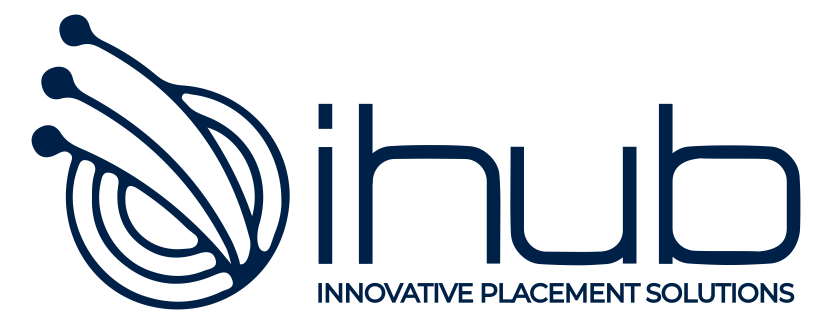OBJECTIVES
Testing tools are required for the betterment of the application or software. There are many tools available in the market where some are open-source and paid tools. Testing tools, enable us to improve our software performance, deliver a high-quality product, and reduce the duration of testing, which is spent on manual efforts. Testing tools has been always a lucrative Job market for freshers as well as experienced and continues to grow year on year. iHub offers a curriculum design by Industry experts to make you industry-ready from day one on the job, what’s more, it comes with a 100% job guarantee.
Course Overview
We make you understand the fundamental principles and processes of software testing. You will have actively created test cases and run them using an automated testing tool. You will be writing and recognizing good test cases, including input data and expected outcomes. This course covers the foundations of test automation, as well as different strategies for implementation. We explain what kinds of tests to use, how to choose the right test tools, and how to plan and execute test automation projects. And also describes strategies to maintain automation over time: adding new tests, updating old tests, and resolving failures.
Eligibility
- Professionals who are looking for a career in the field of Data Science and Big Data
- Data Science professionals
- Big Data professionals
- Business Intelligence professionals
- Software Developers
- Project Managers
- Information Architects
Course Content
- Testing Introduction
- Define Software Quality
- List the Software Quality Attributes
- Understand Verification and Validation
- Understand what is Software Testing and its Significance
- Explain how Testing improves Software Quality
- Understand History and Evolution of Software Testing
- Describe Software Testing Principles
- Define what is a Software Defect and its significance
- Understand various software development methodologies
- Explain how testing process would differ based on the development methodology
- Functional & Non-Functional Testing
- Functional & Non-Functional Testing types
- Functional & Non-Functional Testing Tools
- Black box Vs White box Testing
- Manual & Automation Testing
- Fresh development & Maintenance Testing
- Fresh development & Maintenance Testing
- Benefits of testing at each level
- Unit Testing & Component Integration Testing
- System Testing & System Integration Testing
- User Acceptance Testing
- Transition and Requirements Analysis
- Knowledge transition and Significance
- Requirement analysis process
- Tester involvement in these phases
- Types of requirements & Analyze the requirement specifications
- Prioritize the requirements
- Understand clarification management
- Analyze requirement defects
- Requirements change management & Concept of requirements coverage
- Difference between Application Development and Maintenance in this phase
- Test Strategy
- Test Plan
- Test Strategy vs Test
- Test Plan sections
- Test Design Overview
- Test Scenario Overview
- Requirement Traceability Matrix for Test Scenarios
- Test Case Design
- Test Case Development Process
- What is a Test Case?
- Test Case Development
- Test Design Techniques
- Test Case Template
- Test Case Components
- System Integration Test Cases
- Test Case Review Process
- Test Case Review Process
- Test Data Preparation – Test Cases Review
- Test Environment Setup
- System Integration Test Cases & Test Case Review Process
- Requirement Traceability Matrix (RTM)
- Test Data Preparation & Test Cases Review
- Identify the procedure for Test Data Preparation
- Planning for Test Execution & Test Environment Configuration
- Test Environment – Test Management Tool
- Setup Test Environment – Database Setup
- Test Case Execution and Logging results Test Case Run Status
- Test Execution Reports
- What is the defect?
- What is the difference between Error, Defect and Bug?
- Defect Life Cycle
- SDLC Models
- Waterfall Model & V Model
- Iteration Model
- Scrum Framework
- Roles of Scrum Framework
- Product Backlog
- Sprint Backlog
- Product Owner
- Scrum Master
- Scrum Development team
- Sprint Planning meeting
- Daily Scrum
- Sprint Review meeting
- Sprint Retrospective meeting
- How to use JIRA for Agile Project Management
- How to use Confluence for Agile Project Management
- How to use JIRA as Test Management Tool
- How to use JIRA as Defect Management Tool
- How to use JIRA for reports and Metrics
- Product Idea
- Product Vision statement
- Product Roadmap
- Product Backlog
- Project Architecture
- Project Test Plan
- Project Domain Knowledge
